Table of content
Zongzi, a traditional Chinese rice dumpling wrapped in bamboo or reed leaves, is a beloved treat enjoyed during festivals like Dragon Boat Festival and beyond. While freshly made zongzi are ideal, frozen varieties offer convenience without sacrificing taste—if cooked correctly. The key to reviving frozen zongzi lies in understanding the right techniques to preserve their texture, aroma, and flavor. This article explores step-by-step methods to cook frozen zongzi to perfection, ensuring each bite feels as fresh as if it were made moments ago.
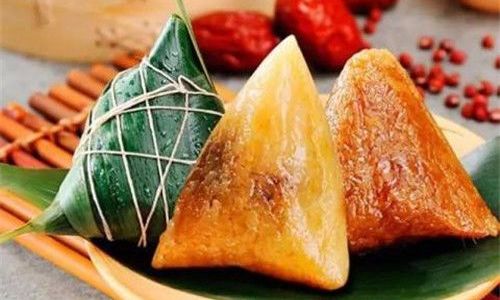
Understanding Frozen Zongzi
Before diving into cooking methods, it’s essential to grasp why frozen zongzi require special handling. Freezing preserves zongzi by halting bacterial growth, but improper thawing or cooking can lead to mushy rice, tough leaves, or uneven heating. The goal is to reheat them gently, allowing the ingredients to rehydrate and the flavors to meld without overcooking.
Choosing the Right Frozen Zongzi
Not all frozen zongzi are created equal. When selecting from the grocery store or a local market, consider these factors:
- Packaging: Ensure the packaging is intact, with no tears, frostbite, or freezer burn. These issues can compromise texture and taste.
- Ingredients: Opt for zongzi with minimal preservatives. Natural ingredients like glutinous rice, mung beans, pork, or dates yield better results.
- Storage: If freezing homemade zongzi, wrap them tightly in plastic or vacuum-sealed bags to prevent moisture loss.
Thawing: To Thaw or Not to Thaw?
The debate over thawing frozen zongzi before cooking sparks much discussion. Here’s a breakdown of both approaches:
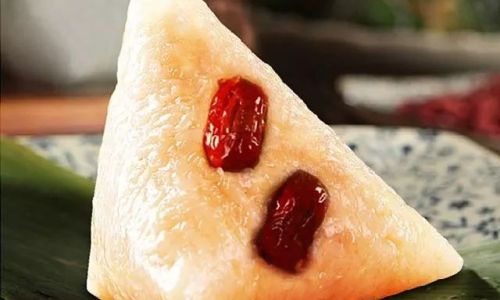
Option 1: Thawing First
Thawing allows for gentler, more even cooking.
- Refrigerator Thawing: Transfer frozen zongzi to the fridge 8–12 hours before cooking. This slow thaw preserves moisture but requires planning.
- Cold Water Thawing: Submerge sealed zongzi in a bowl of cold water for 2–3 hours, changing the water every 30 minutes. This is faster than refrigeration but demands attention.
Option 2: Cooking Directly from Frozen
Skipping thawing saves time but requires careful cooking.
- Boiling: Add 10–15 minutes to the cooking time.
- Steaming: Increase steaming time by 20–25 minutes.
Cooking Methods: Boiling, Steaming, and Beyond
Boiling Method (Most Common)
Boiling is the traditional way to cook zongzi, ensuring even heating and a soft, sticky texture.
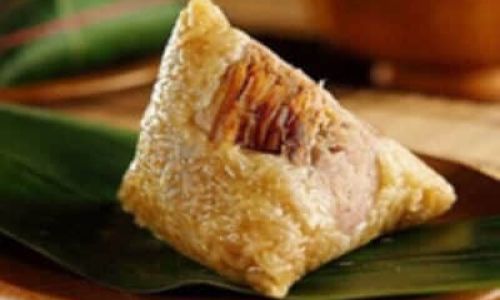
- Step 1: Fill a large pot with water. Use enough water to fully submerge the zongzi—at least 2–3 inches above them.
- Step 2: Add a pinch of salt or a teaspoon of cooking oil to the water. This prevents the zongzi from sticking to the pot or each other.
- Step 3: Gently place the zongzi into the pot. If cooking from frozen, add 10–15 minutes to the cooking time.
- Step 4: Bring the water to a rolling boil, then reduce the heat to a simmer. Cover the pot and cook for:
- Thawed zongzi: 30–40 minutes.
- Frozen zongzi: 45–60 minutes.
- Step 5: Check for doneness by piercing a zongzi with a fork. The rice should be tender, and the leaves should peel away easily.
Steaming Method (For Firmer Texture)
Steaming retains more of the zongzi’s original shape and prevents sogginess.
- Step 1: Use a steamer basket or bamboo steamer lined with parchment paper or cabbage leaves to prevent sticking.
- Step 2: Arrange the zongzi in a single layer, leaving space between them for steam circulation.
- Step 3: Bring water to a boil in the steamer pot, then reduce to medium heat.
- Step 4: Steam for:
- Thawed zongzi: 25–35 minutes.
- Frozen zongzi: 40–50 minutes.
- Step 5: Test doneness by gently pressing a zongzi—it should feel soft but intact.
Pan-Frying (For Crispy Zongzi)
For a unique twist, pan-fry cooked zongzi for a crispy exterior.
- Step 1: Cook zongzi via boiling or steaming first.
- Step 2: Let them cool slightly, then unwrap and slice into 1-inch thick pieces.
- Step 3: Heat 2 tablespoons of oil in a non-stick pan over medium heat.
- Step 4: Fry the slices for 3–4 minutes per side until golden and crispy.
- Step 5: Serve with soy sauce, chili oil, or sweet bean paste.
Pro Tips for Perfect Zongzi
- Avoid Overcooking: Overboiled zongzi become waterlogged and lose their chewiness. Start checking 5 minutes before the recommended time.
- Adjust Heat: Maintain a gentle simmer when boiling to prevent the zongzi from bumping against the pot and breaking apart.
- Enhance Flavor: Add a slice of ginger, a star anise pod, or a cinnamon stick to the cooking water for aromatic zongzi.
- Let Them Rest: After cooking, remove the zongzi from the pot and let them rest for 5–10 minutes. This allows the moisture to redistribute evenly.
Common Mistakes to Avoid
- Using Hot Water for Thawing: Rapid thawing in warm water can cause bacterial growth and uneven texture.
- Overcrowding the Pot: Stacking zongzi too closely leads to uneven cooking.
- Skipping the Salt/Oil: Without these, zongzi may stick to the pot or each other, tearing the leaves.
- Reheating in the Microwave: While quick, microwaving can dry out zongzi. Use this method only as a last resort, and wrap them in a damp paper towel first.
Storing Leftovers
If you have leftover cooked zongzi, store them properly to maintain freshness:
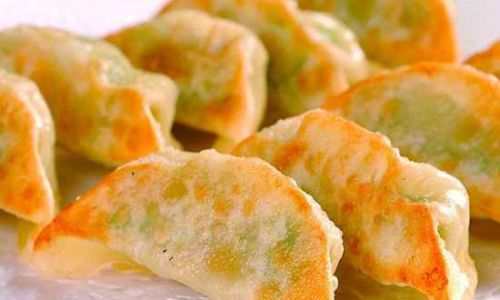
- Refrigerator: Place cooled zongzi in an airtight container. They’ll last 3–4 days.
- Freezer: Wrap tightly in plastic wrap and aluminum foil. Freeze for up to 3 months.
- Reheating: Thaw overnight in the fridge, then steam or boil for 10–15 minutes to refresh.
Troubleshooting Guide
- My zongzi are still cold inside!
Increase cooking time by 5–10 minutes. Ensure the water remains at a simmer, not a rolling boil. - The leaves are tough and hard to peel.
Soak dried leaves before wrapping (if making homemade). For store-bought, ensure thorough cooking. - The filling is dry.
Add a tablespoon of water or broth to the cooking pot to create steam.
The Verdict: Freshness in Every Bite
Cooking frozen zongzi to perfection is an art that balances patience and technique. Whether you boil, steam, or fry, the goal is to honor the traditional flavors while adapting to modern convenience. By avoiding common pitfalls and embracing gentle cooking methods, you can transform frozen zongzi into a dish that tastes freshly made. So next time you unwrap a frozen zongzi, remember these tips—your taste buds (and cultural traditions) will thank you.
Final Thought: Experiment with fillings and dipping sauces to elevate your zongzi experience. From sweet red bean paste to savory pork belly, the possibilities are endless. Happy cooking!
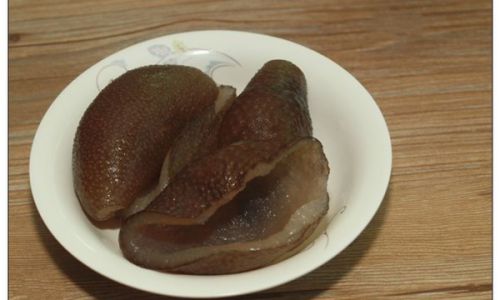



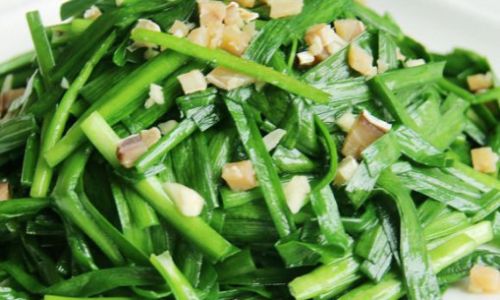
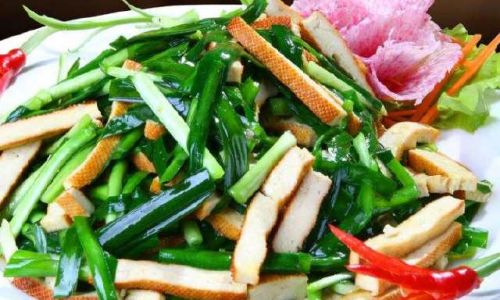
0 comments